

The main differences between jaw crushers and impact crushers are as follows:1. Application Scope1) Material HardnessJaw crushers can crush both soft and hard materials with a compressive strengt
The main differences between jaw crushers and impact crushers are as follows:
1. Application Scope
1) Material Hardness
Jaw crushers can crush both soft and hard materials with a compressive strength between 300-350 MPa, while impact crushers are suitable for crushing less brittle, less tough materials with a medium hardness or lower, such as limestone and limestone. Hard materials can cause significant damage to vulnerable parts and shorten their service life.
Shibang Group
Crushing/Sand Making/Grinding Consultation
Call Now
How to resolve the issue of a bent eccentric shaft in a jaw crusher during operation in an ore processing line?
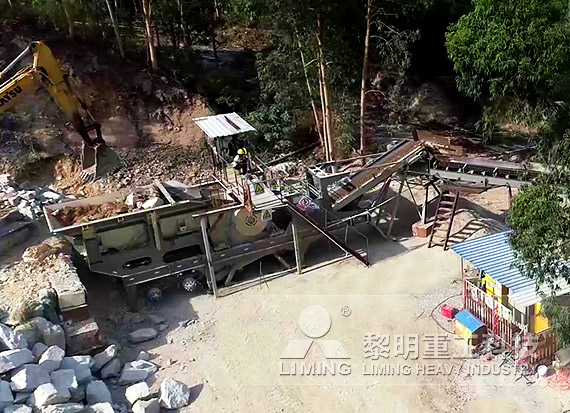
2) Material Particle Size
Jaw crushers are generally used to crush large materials and can accommodate ore under 1 meter in diameter (depending on the model and manufacturer). They are commonly used in mines and gravel pits. Impact crushers are primarily used to process small and medium-sized materials, and their acceptable feed size range is not as wide as that of jaw crushers.
2. Different Production Line Locations
As we all know, in production lines such as crushing, sand making, and mineral processing, jaw crushers are commonly used as primary crushing equipment, serving as coarse crushing (fine jaw crushers can be used for secondary or fine crushing), while impact crushers are commonly used as secondary or tertiary crushing equipment, serving as secondary or fine crushing.

3. Different Production Capacities
Generally speaking, jaw crushers have a higher production capacity than impact crushers. Generally speaking, jaw crushers can produce 600-800 tons per hour (depending on the manufacturer and model), while impact crushers produce around 260-450 tons per hour.
4. Different Discharge Fineness
As a coarse crusher, jaw crushers have a higher discharge fineness, generally below 300-350mm (depending on the manufacturer and model). As a secondary or fine crusher, impact crushers naturally have a finer discharge fineness. It should be noted that due to different material properties, the discharge fineness of each equipment will vary.
5. Different Particle Shapes
The jaw crusher produces a less-than-ideal particle shape after extrusion, often with a high content of pins and flakes. The impact crusher, on the other hand, produces a finer particle shape and a less angular product among crushing equipment. Its particle quality is also superior to that of a cone crusher. Therefore, in actual production, an impact crusher is often used after a jaw crusher for further particle shaping, and the jaw crusher and impact crusher are a common combination in crushing lines.
Previous: SMP Crusher
Next: SMP Crusher

The main differences between jaw crushers and impact crushers are as follows:1. Application Scope1) Material HardnessJaw crushers can crush both soft and hard materials with a compressive strengt
The main differences between jaw crushers and impact crushers are as follows:
1. Application Scope
1) Material Hardness
Jaw crushers can crush both soft and hard materials with a compressive strength between 300-350 MPa, while impact crushers are suitable for crushing less brittle, less tough materials with a medium hardness or lower, such as limestone and limestone. Hard materials can cause significant damage to vulnerable parts and shorten their service life.
Shibang Group
Crushing/Sand Making/Grinding Consultation
Call Now
How to resolve the issue of a bent eccentric shaft in a jaw crusher during operation in an ore processing line?

2) Material Particle Size
Jaw crushers are generally used to crush large materials and can accommodate ore under 1 meter in diameter (depending on the model and manufacturer). They are commonly used in mines and gravel pits. Impact crushers are primarily used to process small and medium-sized materials, and their acceptable feed size range is not as wide as that of jaw crushers.
2. Different Production Line Locations
As we all know, in production lines such as crushing, sand making, and mineral processing, jaw crushers are commonly used as primary crushing equipment, serving as coarse crushing (fine jaw crushers can be used for secondary or fine crushing), while impact crushers are commonly used as secondary or tertiary crushing equipment, serving as secondary or fine crushing.

3. Different Production Capacities
Generally speaking, jaw crushers have a higher production capacity than impact crushers. Generally speaking, jaw crushers can produce 600-800 tons per hour (depending on the manufacturer and model), while impact crushers produce around 260-450 tons per hour.
4. Different Discharge Fineness
As a coarse crusher, jaw crushers have a higher discharge fineness, generally below 300-350mm (depending on the manufacturer and model). As a secondary or fine crusher, impact crushers naturally have a finer discharge fineness. It should be noted that due to different material properties, the discharge fineness of each equipment will vary.
5. Different Particle Shapes
The jaw crusher produces a less-than-ideal particle shape after extrusion, often with a high content of pins and flakes. The impact crusher, on the other hand, produces a finer particle shape and a less angular product among crushing equipment. Its particle quality is also superior to that of a cone crusher. Therefore, in actual production, an impact crusher is often used after a jaw crusher for further particle shaping, and the jaw crusher and impact crusher are a common combination in crushing lines.
Previous: SMP Crusher
Next: SMP Crusher
 Causes and treatment methods of impact crusher rotor fracture
Causes and treatment methods of impact crusher rotor fracture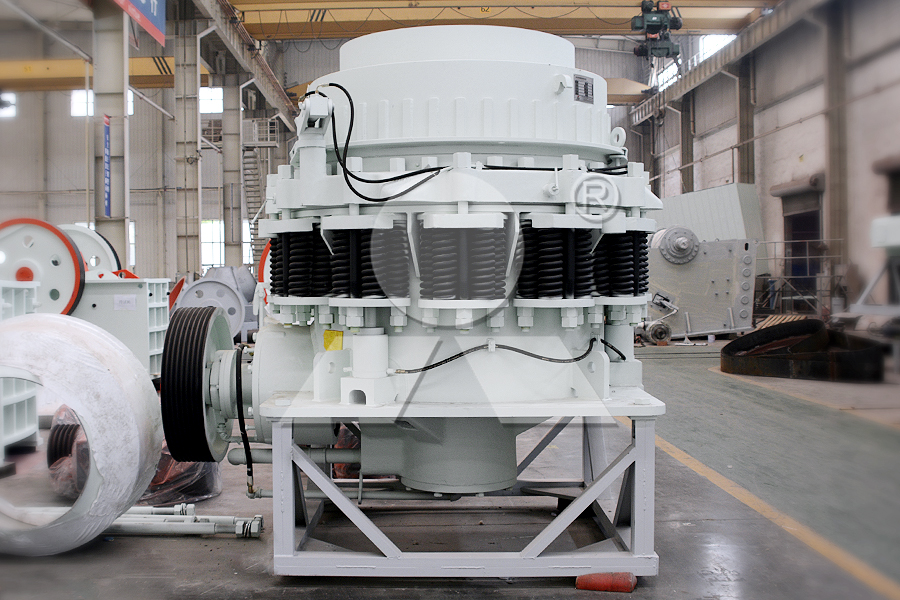 What types of cone crushers are there? Which cone crusher is better to use?
What types of cone crushers are there? Which cone crusher is better to use?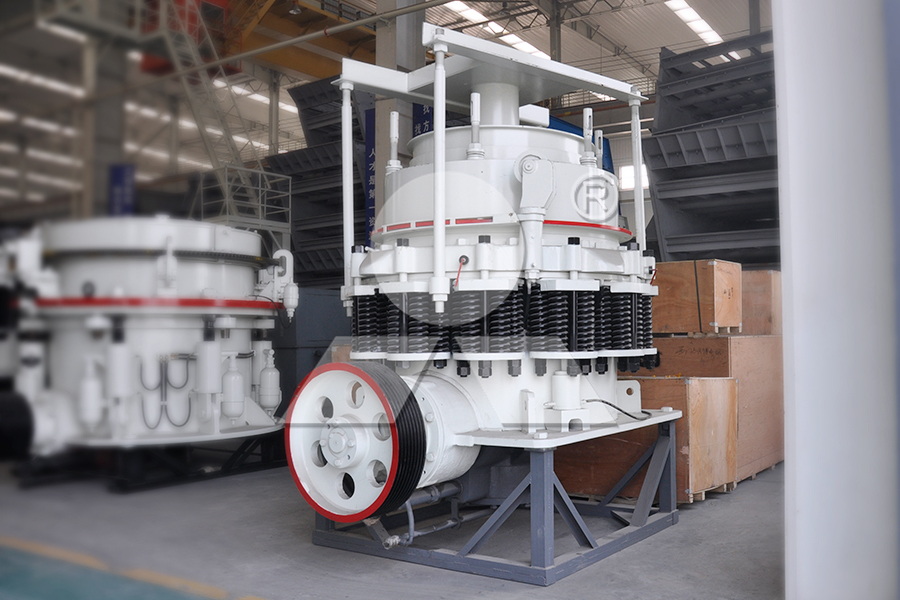 SBMs 600-ton-per-hour sand-making equipment helps the construction of Sichuan Shuangjiangkou Hydropower Station
SBMs 600-ton-per-hour sand-making equipment helps the construction of Sichuan Shuangjiangkou Hydropower Station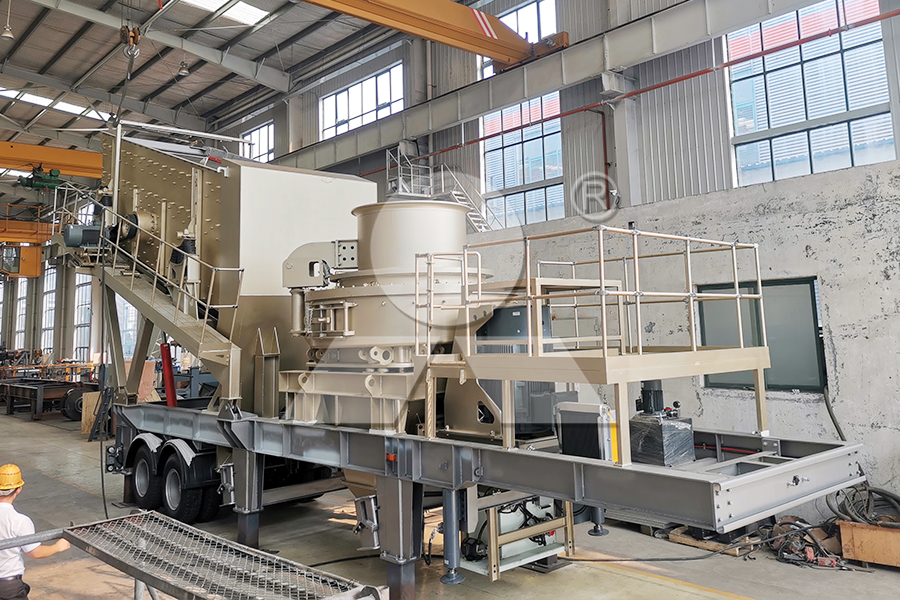 Stone machine-made sand production equipment
Stone machine-made sand production equipment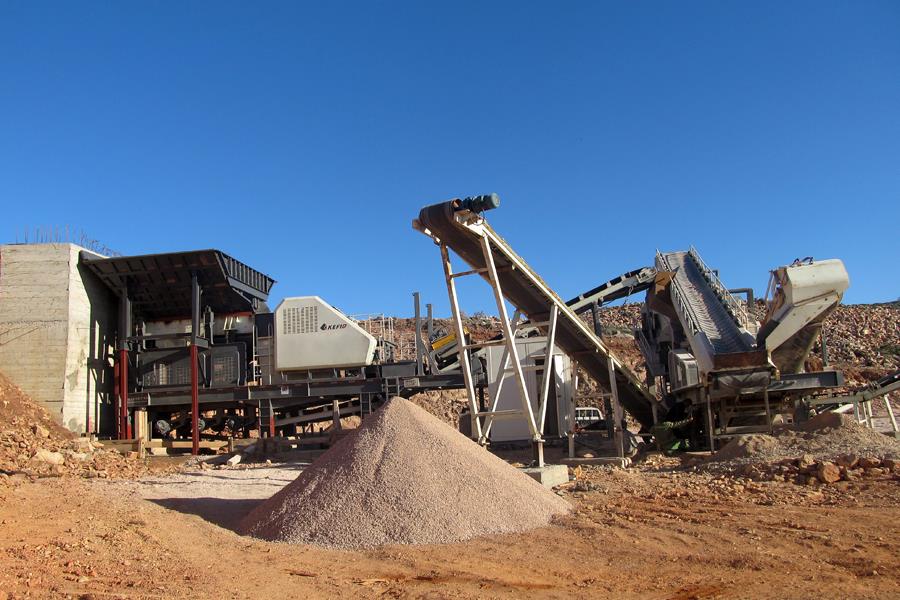 Several configuration options for ballast crushing production lines
Several configuration options for ballast crushing production lines Causes and treatment methods of impact crusher rotor fracture
Causes and treatment methods of impact crusher rotor fracture What types of cone crushers are there? Which cone crusher is better to use?
What types of cone crushers are there? Which cone crusher is better to use? SBMs 600-ton-per-hour sand-making equipment helps the construction of Sichuan Shuangjiangkou Hydropower Station
SBMs 600-ton-per-hour sand-making equipment helps the construction of Sichuan Shuangjiangkou Hydropower Station Stone machine-made sand production equipment
Stone machine-made sand production equipment Several configuration options for ballast crushing production lines
Several configuration options for ballast crushing production lines